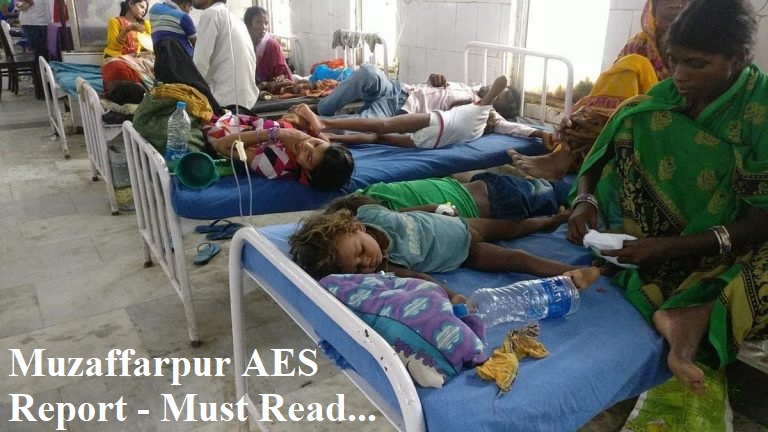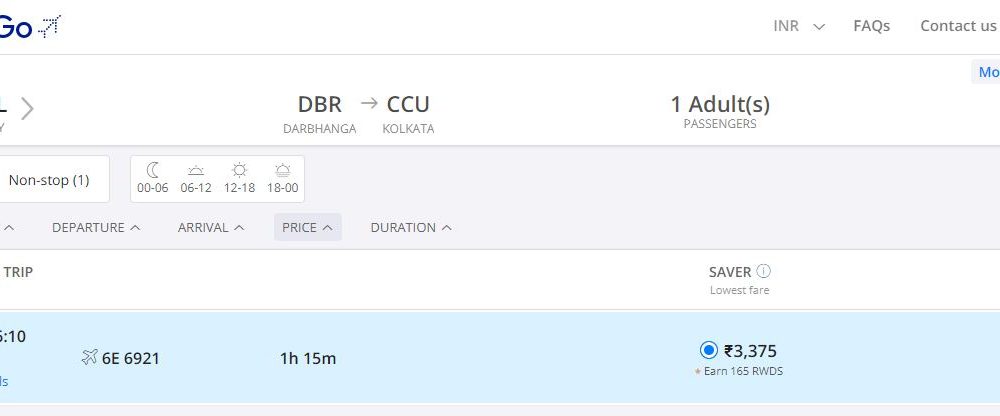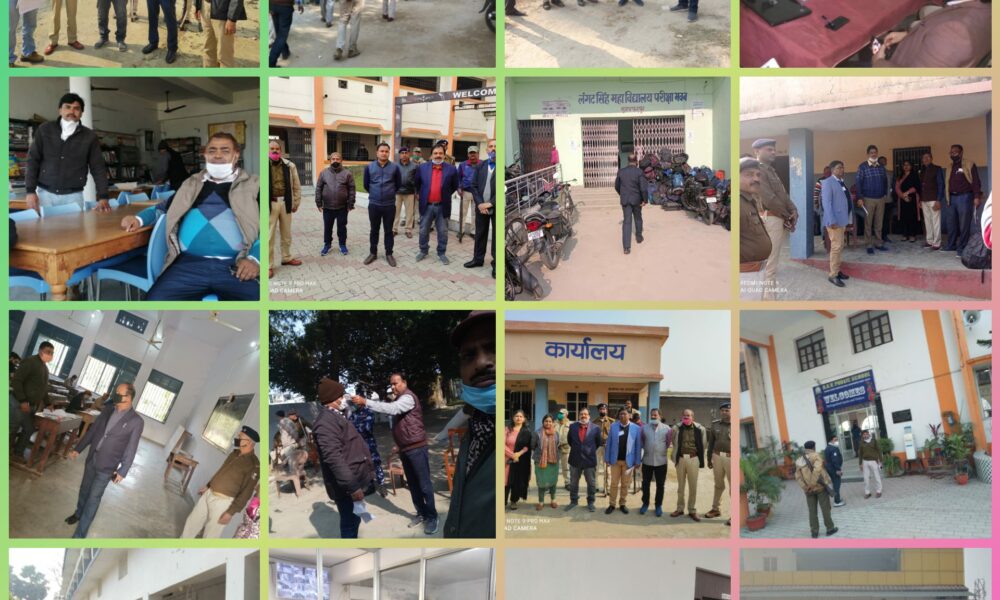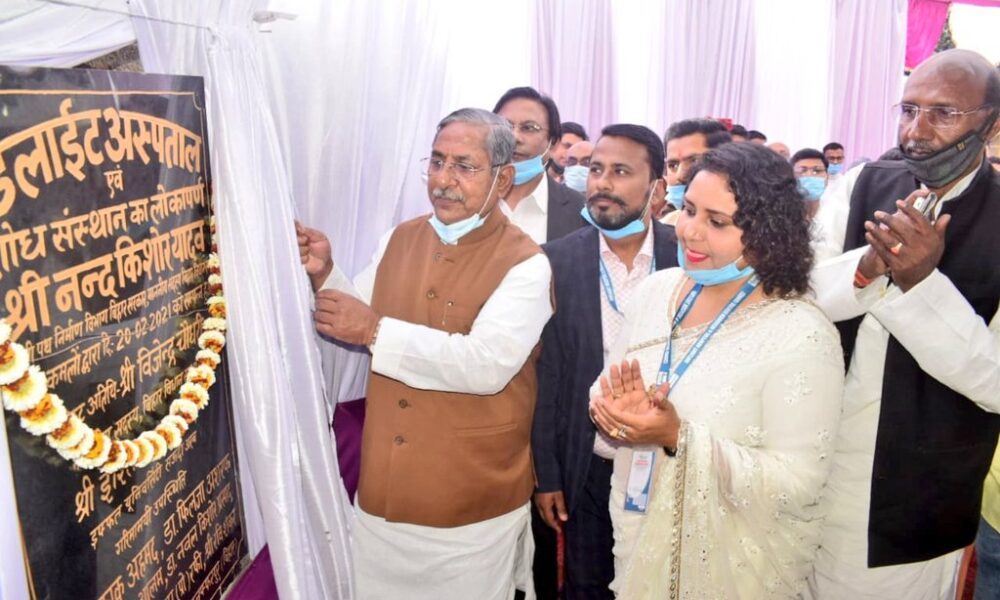Home truths of Bihar encephalitis deaths —
1 doctor for 28,392 people, over 40% malnutrition
Muzaffarpur, the epicentre of the encephalitis outbreak in Bihar,
has one of the most overburdened healthcare systems in the state.
Muzaffarpur : The deadly Acute Encephalitis Syndrome (AES) outbreak in Bihar has taken the lives of 145 children in under three weeks, making it the state’s worst health crisis since 2014, when 355 children died.
The outbreak began in early June in Tirhut division, with its headquarters Muzaffarpur being epicentre of this tragedy, witnessing 127 deaths. The other districts in the division affected by encephalitis are West Champaran, East Champaran, Vaishali, Sitamarhi and Sheohar.
The calamity has put a fresh spotlight on the state’s public healthcare infrastructure, which is struggling to cope with the situation. The sorry state of Bihar’s health infrastructure is clear from the National Health Profile report, which shows that the state has the worst doctor-patient ratio in the country — each doctor serves 28,392 people. What’s more, the state could add only 3,179 doctors in the last seven years. At this rate, it would take another 140 years to bring Bihar up to the standards prescribed by the World Health Organisation — of 0.62 doctors per 1,000 people.
The future also looks bleak, since Bihar has just 13 medical colleges as of 2016, accounting for just 1,350 seats out of the 56,838 available across the country, despite being the third most populous state with over 11 crore people.

Hospitals without specialties
Nearly 50 per cent of Indians in rural areas have to opt for private healthcare because public healthcare is inadequate. Healthcare expenses push an additional 39 million people back into poverty every year, according to a study published in the Lancet journal.
However, for children suffering from AES, this option was also limited in Muzaffarpur and adjoining districts.
According to the official website of Ayushman Bharat, the central government’s health insurance scheme, there are 28 hospitals covered under it in Muzaffarpur. Eighteen of these are public hospitals, but none of them have basic specialty services like general medicine, paediatric medical management and emergency room packages.
The other 10 hospitals have these basics specialties, but eight of them are for-profit hospitals.
It’s a similar story in other encephalitis-hit districts. Vaishali has 18 public hospitals listed under Ayushman Bharat, while Sheohar has four, Champaran 20 and Sitamarhi 21. But none has the basic specialities listed above, let alone the paediatric services needed to combat encephalitis.
Overburdened system
According to the National Rural Health Mission website, Bihar has 10,337 health sub-centres, the first point of contact for the people in the healthcare system, with a total of 11,612 workers. However, 3,325 of these centres have no health workers at all.
The next rung on the healthcare ladder, primary health centres, tell a similar story. Bihar has 1,883 PHCs, each of which are supposed to cover about one lakh people in 100 villages. However, the total number of doctors serving at these PHCs is just 2,078. In fact, 1,341 PHCs — about 75 per cent — have access to just one doctor each.
Bed Occupancy Rates and ‘length of stay’ are two other measures that reflect the functional ability of hospitals. The former is a measure of utilisation of the available bed capacity, and indicates the percentage of beds occupied by patients in one year.
Muzaffarpur had the highest bed-occupancy rate in Bihar at 329 per cent, with Bhagalpur (181 per cent) and Madhepura (159 per cent) a distant second and third. This means that every hospital bed in Muzaffarpur had, on average, more than three patients on every bed at the same time.
The pressure on the local healthcare systems in Bihar’s districts can be also gauged from the 2019 Economic Survey released by the state government. The districts of Khagaria, Madhepura and Muzaffarpur had the highest number of patients visiting hospitals every day, at 489, 449 and 443 respectively. Coupled with the shortage of doctors, it was a disaster waiting to happen.
Another aspect that let down the children of Muzaffarpur was the paucity of Asha workers. These workers are supposed to play a crucial role in averting such disasters by spreading awareness, but in Muzaffarpur, only 3,880 Asha workers are in place, far short of the target of 4,510. The target has also not been revised since 2015, despite the surge in medical needs.
The impact of severe malnutrition
Malnourished children suffering from encephalitis witness a severe dip in glucose level — thanks to dehydration caused by the prevalent heat wave and the lack of proper meals.
According to research reported by Down to Earth, this, coupled with a toxin in the litchi fruit called Methylenecyclopropyl glycine (MCPG) that can cause a drop in blood-sugar levels if consumed by a malnourished child, could be the reason for the current outbreak.
The National Family Health Survey data showed that nearly half the children under five years of age in Muzaffarpur and its surrounding districts suffer from malnutrition. Muzaffarpur has 42.3 per cent malnourished children, with West Champaran being the best in the region with 39.1 per cent and Sitamarhi the worst at 47.7 per cent.




